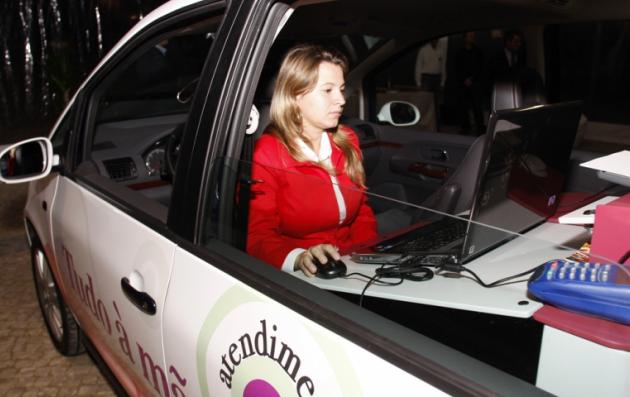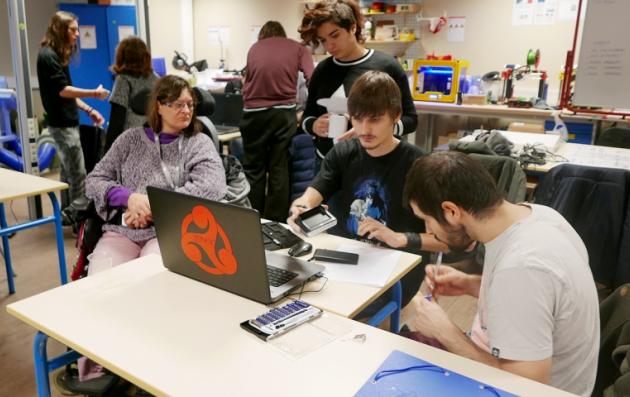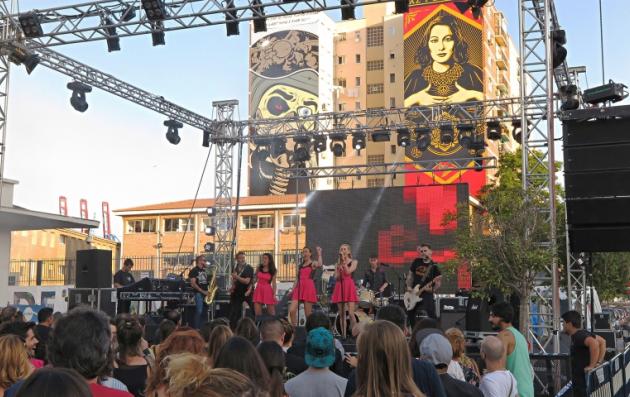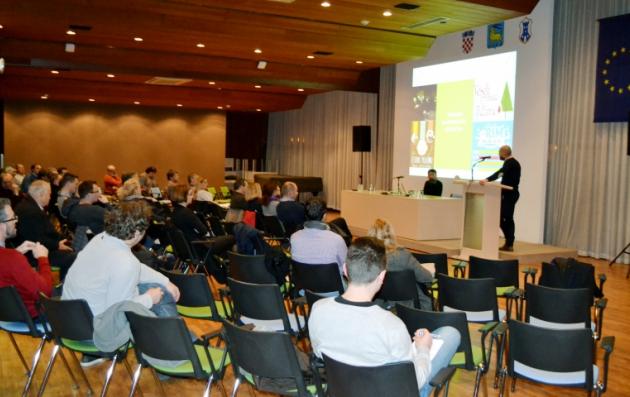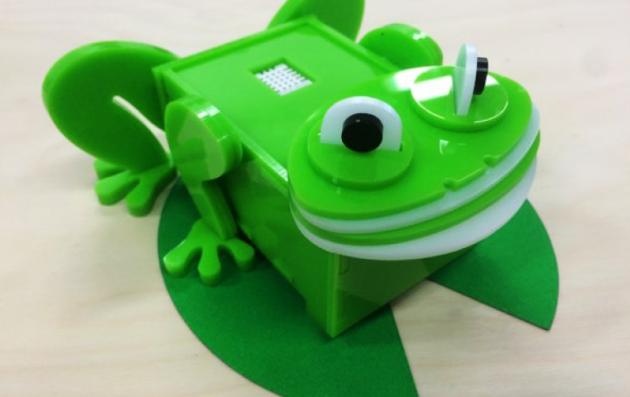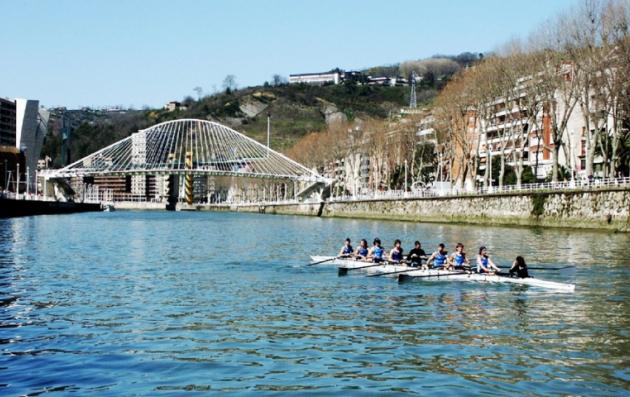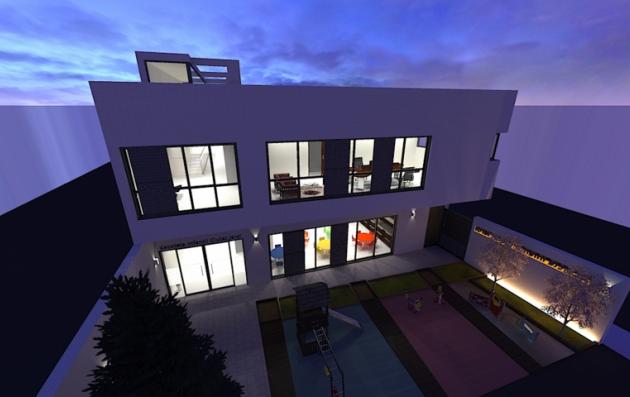Building an age-friendly city
The story of how to implement an age-friendly urban strategy to promote citizens' health, inclusion and wellbeing at all stages of life.
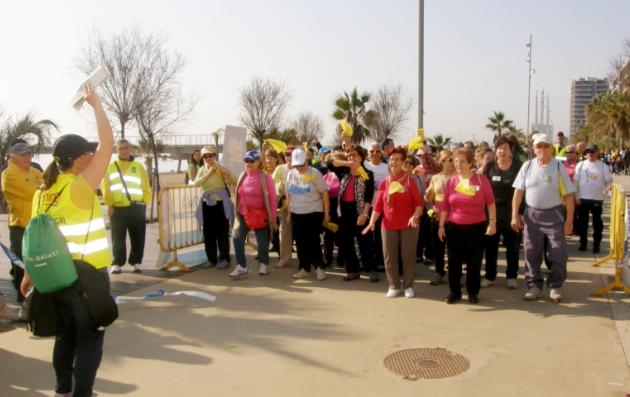
- Social cohesion
Summary
Demographic change is one of the key societal challenges that cities are facing. The number of elderly citizens is increasing continuously, but cities are struggling to adapt to their needs. The city of Badalona (ES) acknowledged this mandate for change and demonstrated that it is possible to redesign the local health and social services to improve the quality of life of elderly people.
Through several initiatives and projects launched since 2012, Badalona aims at putting the citizen at the centre of the continuum of care, including vertical integration (between different levels of care) and horizontal integration (between different local services, e.g. social services, employment and housing). The results are an improved quality of care, and more stable interconnections between different public services.
The solutions offered by the good practice
The good practice in Badalona is formed by a set of interrelated solutions that conform a holistic approach towards active and healthy ageing, while including all the relevant stakeholders within an innovation ecosystem.
The practice is completely aligned with the policy level, service provision, industry level, academia, R&D activities and the civil society throughout a participatory process that enables a common design, and redesign of the overall strategy.
The practice is represented mainly by four different solutions:
- Badalona Towards a Healthy City: a city project that fosters and promotes healthy habits within citizenship, and helps to prevent disease with a clear participatory vision and networking view;
- R&D Chair between Badalona Serveis Assistencials (BSA) and the Open University of Catalonia UOC): with the objective to foster the research and innovation actions based on the use of ICT in the fields of health and social care;
- Badalona Reference Site on Active and Healthy Ageing: where 24 actors, covering the Quadruple Helix of Innovation within the city of Badalona, have obtained the recognition of the European Commission, and operate in a coordinated manner towards the common goal of building an age-friendly city;
- Badalona Health Observatory: merging environmental, demographic, social and clinical data towards identifying patterns and determinants of healthy living within the urban context.
Building on the sustainable and integrated approach
Active and healthy ageing should be understood as the way of optimising the health opportunities, participation and security of the people as they age. We are moving from a conceptual healthcare model that deals individually with each citizen and that considers him/her a passive actor of the system towards a model that fosters the rights of old people, their autonomy and the establishment of social relations. They are appraised as change actors, recognising the values and competencies that they bring into the community and the main objective is the improvement of their quality of life.
Tackling ageing from this new vision requires taking into account the following concepts: autonomy and dependency, participation, the vital course of life, cultural aspects, inequalities (in terms of poverty and social exclusion) and environmental factors.
The project deployed in Badalona is fully built on the top of the sustainable and integrated approach in all of the dimensions as defined in the URBACT values.
A full ecosystem of partners covering the Quadruple Helix of Innovation work together (vertical integration) towards converting the city into an urban age-friendly innovation ecosystem. This is greatly improved through the regional and international cooperation. The interventions deployed through the Reference Site network combine physical, economic, social and the environmental dimensions (horizontal integration).
Based on a participatory approach
The target of this practice mainly comprises the Northern Barcelona healthcare region, where the assigned population reaches 545,000 inhabitants. Even though the city of Badalona is the coordinator of the initiative, there are other municipalities that are also benefiting from the holistic strategy: Santa Coloma de Gramenet, Sant Adrià de Besòs, Montgat, Tiana, Alella, Teià and Masnou. This shows a participatory design not only at a local level, but also at metropolitan area level.
The leading ecosystem of the practice has been collaborating for many years through the so-called Healthcare Boards, managed by Badalona Serveis Assistencials, to engage all the relevant stakeholders at local level in order to contribute to shaping the health and care model deployed.
In 2016, this consortium presented the city's application to become a Reference Site within the European Innovation Partnership on Active and Healthy Ageing. Its members bring full coverage to the Quadruple Helix of Innovation:
a) Government health and social care provision,
b) Industry,
c) Academia and research and d) civil society. Coming from this application, the city's reference site was validated and rewarded with 2 stars out of 4.
What difference has it made?
In Badalona, the whole care model puts the person at the centre of the continuum of care, including vertical and horizontal integration. The internal assessment conducted shows that there has been a reduction in the average length of hospital stay, in the average number of bed days, and in emergency visits.
Furthermore, the clinical pathways developed have facilitated an improvement in the process outcomes, including compliance and adherence to the guidelines. These processes have improved the functional status and health outcomes of the elderly, and have led to a reduction in the operating cost of clinical services, while increasing the quality of life of older people living in an urban context.
Another example are the economic opportunities that emerged from the inclusion of the private sector through collaboration agreements, meaning to bring new ideas into the market, first through a piloting phase, and later implemented. Three good examples of such strategies are:
- ITHACA project (BSA - Novartis - Indra): monitoring hypertensive patients at home, and including an educational programme;
- Caring.me project (BSA - Arvato/Bertelsmann): tracking patients impaired by depression through an Internet Cognitive Behavioural Therapy Intervention;
- AsmaProcare project (BSA - IN2): a mobile application that manages patients in acute stage of asthma and avoids as much as possible income visits.
Why should other European cities use it?
Interest in how things are done by the Badalona municipality has been widely demonstrated. The partners involved in the ecosystem of Badalona are actively contributing to European co-operation and consequently, to transferability through their participation in relevant EU strategies.
The experience of BSA in EU-funded projects dates back to 2003, when, following the recommendations from the strategic plan, the organisation started its R&D specialisation strategy towards ICT solutions, to improve the care provided to its target population. Following such an approach, BSA started looking for networking opportunities, both at national and international level.
Since then, BSA has participated in many EU projects and different funding programmes such as AAL JP, FP7, CIP, DG SANCO Health Programme, and more recently in H2020. The role in different partnerships has mainly included piloting leadership, evaluation modelling and evidence generation, care pathway design and co-design processes.
Two good examples, which show that emerging learning and experiences are being shared with other regions at international level, are:
- The case study from the SIMPHS3, conducted by the Joint Research Centre of the EC;
- The ACT Cookbook.
-
471_Badalona_Gpsummary.pdf(PDF, 307Ko)

